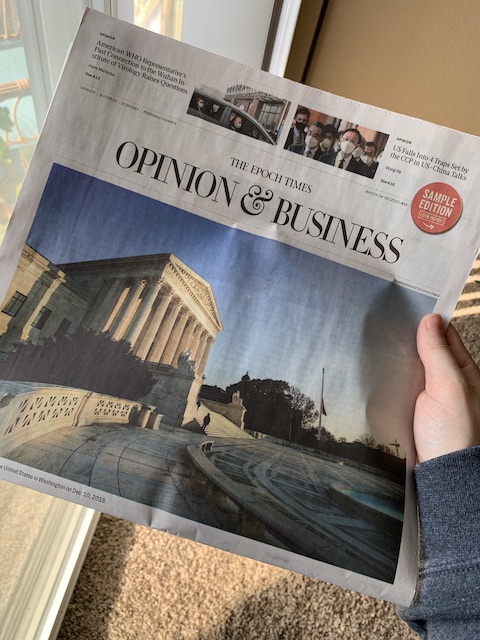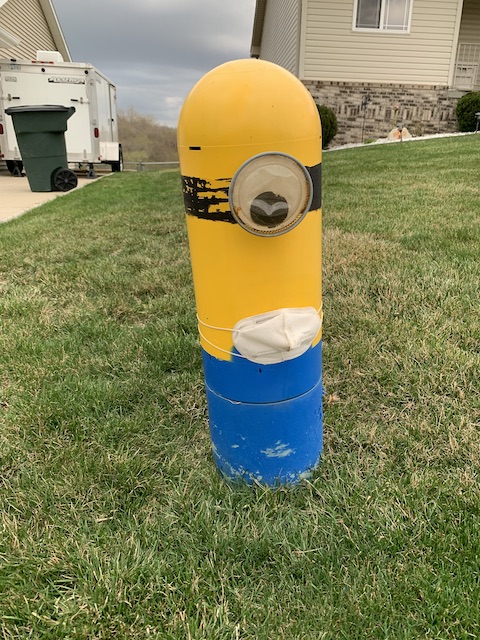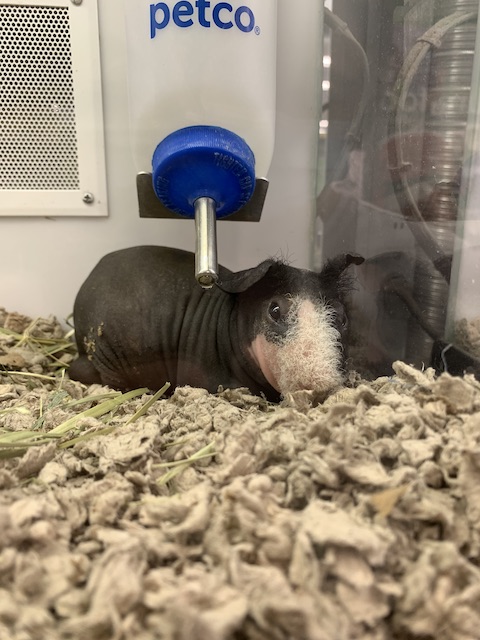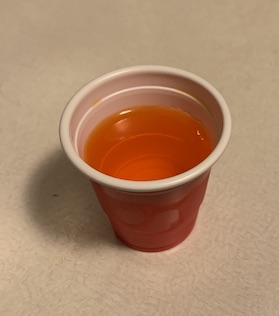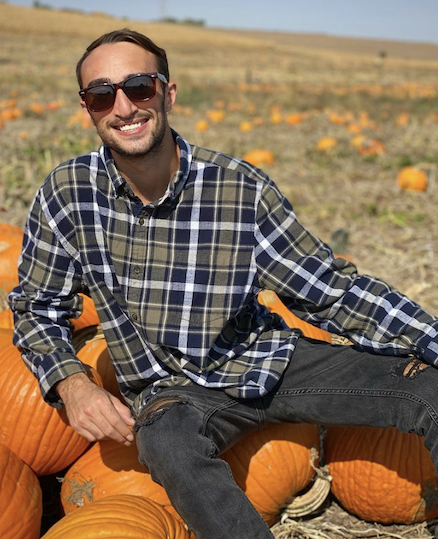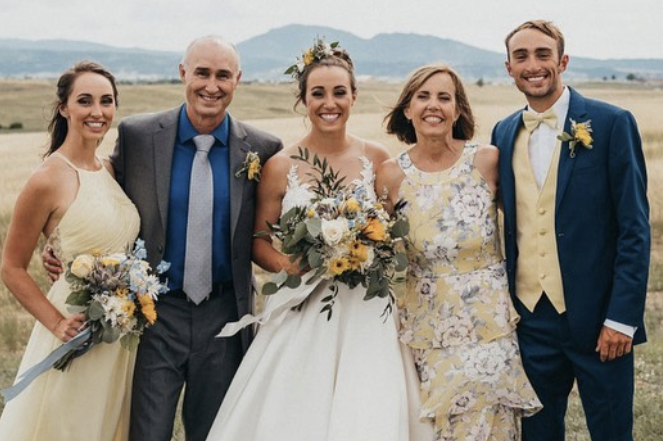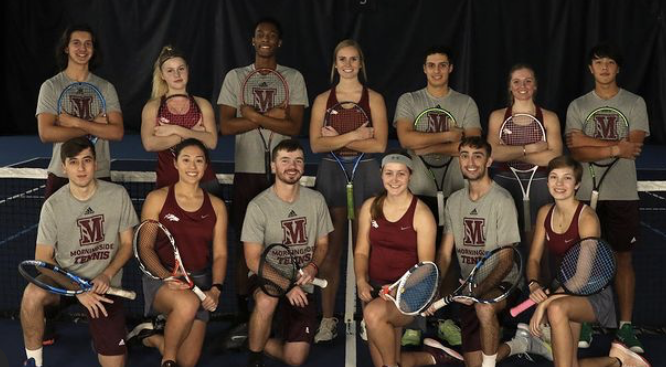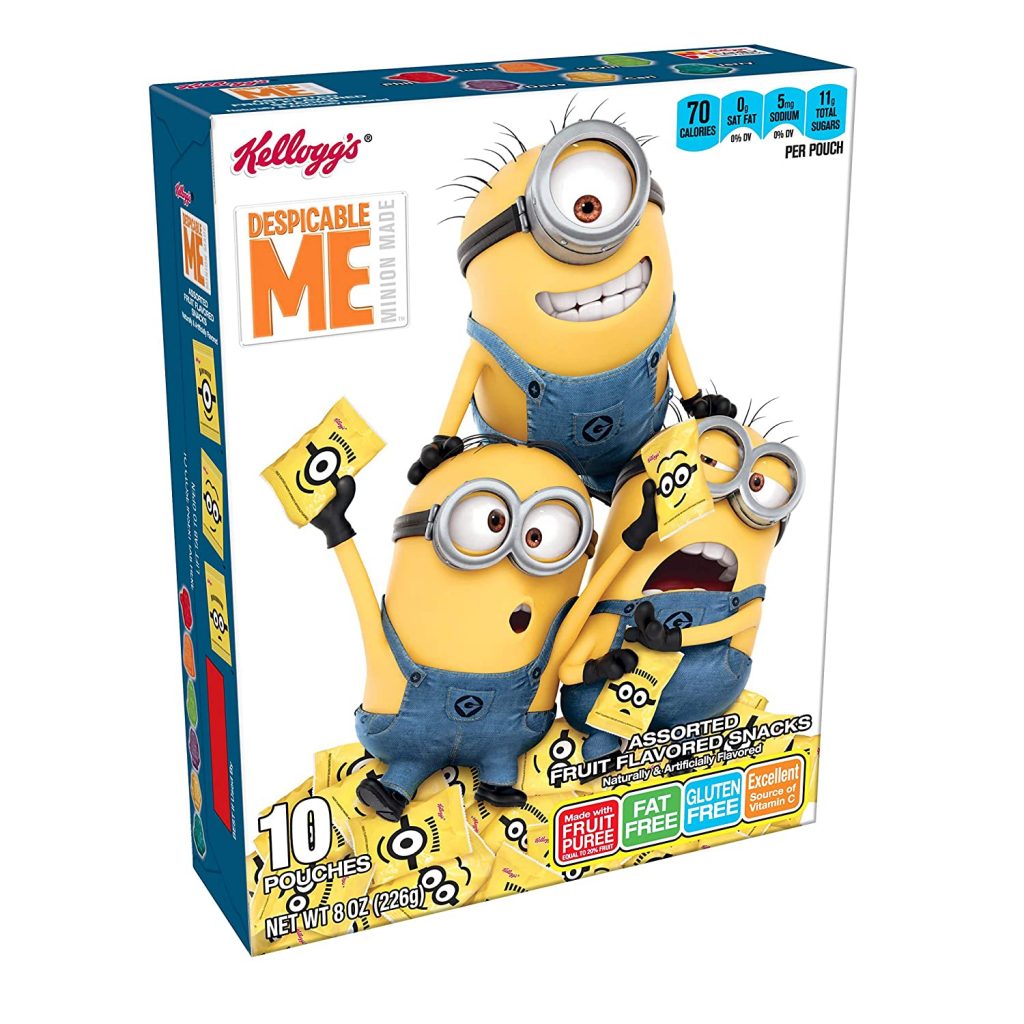Since the rock-dominating scene of the 1980s, many have tried to reinvent what is known as the classics and, but few have successfully managed to reproduce the similar vibe of artists like Led Zeppelin and Pink Floyd. Upcoming LA-based rock band, Dirty Honey, is one of those that have used previous bands to inspire their sound, creating songs that appeal to ears of class rock lovers.
Dirty Honey’s sound is one that could fall under the category of soul rock, representing a style of both the sexy tune of blues and the hard-core sound of rock and roll. Their newest album named Dirty Honey was released in March of 2021, two years after their debut track. It includes eight unique songs: “California Dreamin’,” “The Wire,” “Tied Up,” “Take My Hand,” “Gypsy,” “No Warning,” “The Morning,” and “Another Last Time.” The band consists of guitarist John Notto, drummer Corey Covertsone, bassist Justin Smolian, and vocalist Marc LaBelle, all men with really great style and really great hair.
Although I’m not an expert on rock, and even less of an expert on blues, I immediately caught myself smiling as the first song played through. At the time of listening to it, I was in the passenger seat, enjoying a road trip to a small Nebraska town. “The Wire” came on and it immediately matched the energy that the beautiful spring weather emitted. I closed my eyes and could instantly picture myself at a live concert, without a care in the world. I couldn’t relate to the song’s topic of toxic love, but despite that, I loved the instrumental talent that went into creating the song. The drums and bass guitar matched perfectly with the vocalist’s raspy voice to create a groovy sound. I gave this masterpiece of a song a 10/10.
Another song I rated high because of the same type of guitar riffs that really hooked me into it was “Another Last Time.” I definitely found myself feeling so content when listening to this one, which proved to be played a bit slower than “The Wire.” I could picture this one as a wedding song, if it wasn’t for the, again, sad lyrics of a toxic relationship – which seem to be a theme in their music. I would listen to this one over and over again. My rate for the song “Another Last Time” is a strong 9.5/10.
The song with the lowest rating from me was “California Dreamin’.” It was still pretty groovy, but it wasn’t one I could see myself actively going to find and play as I drive. This may be surprising, since it was their chosen song to do a single on prior to making an album to accompany it, but it probably is just a personal preference. I like instrumental breaks, times within music that allows listeners to breathe and just enjoy the accompanists rather than always having to follow a lyricist’s words, and “California Dreamin’” just didn’t follow this preference as much as I had hoped they would in this song. Yet, I still found this song capable to groove to, holding similar techniques as the rest of the album, and because of this, gave it a 7/10.
Dirty Honey really surprised me with their talent. You know it’s a good album when you start to just listen to the songs and completely forget that you are listening for a homework assignment. I also got a chance to watch a couple of their music videos as I further researched the group and, though it’s not initially what I expected for an alternative rock band, the music videos had an ‘other-world’ vibe to them that made sense for the music they were playing.
If you are a true rock fan, I suggest you give Dirty Honey a listen and form your own opinion on them. I typically turn on pop when I’m driving, and if I feel like rock, it’s usually for a very short amount of time. So, it’s revealing of an artist if they can open a window of curiosity for listeners to encourage exploration of music similar to theirs. I was impressed and will be remembering their name, as I now have a couple of these songs in my Spotify library.
Overall, I rate Dirty Honey’s album Dirty Honey an 8/10.



